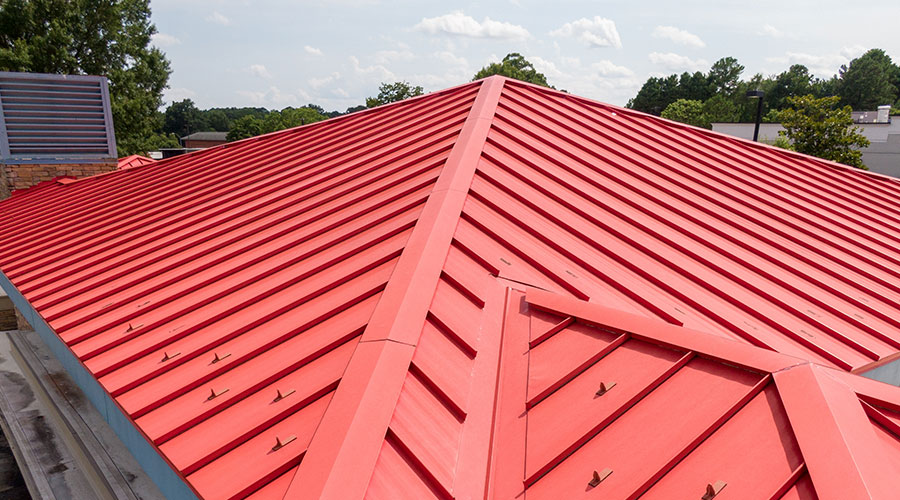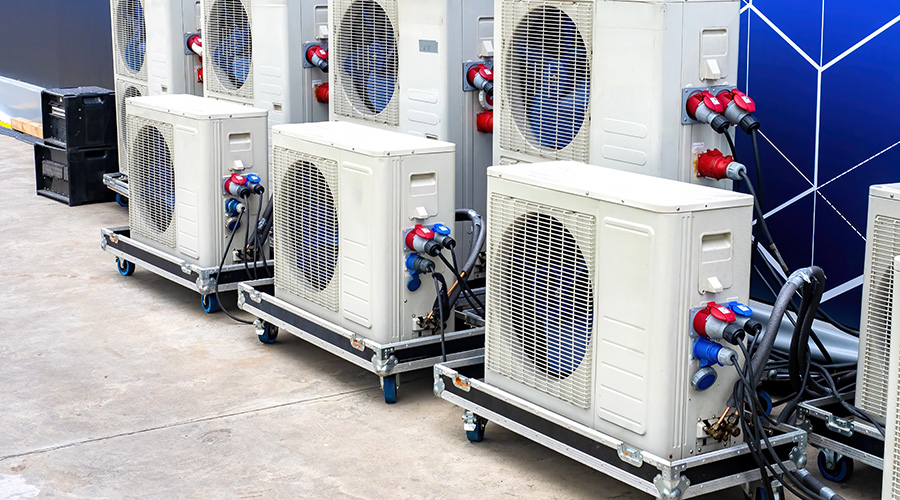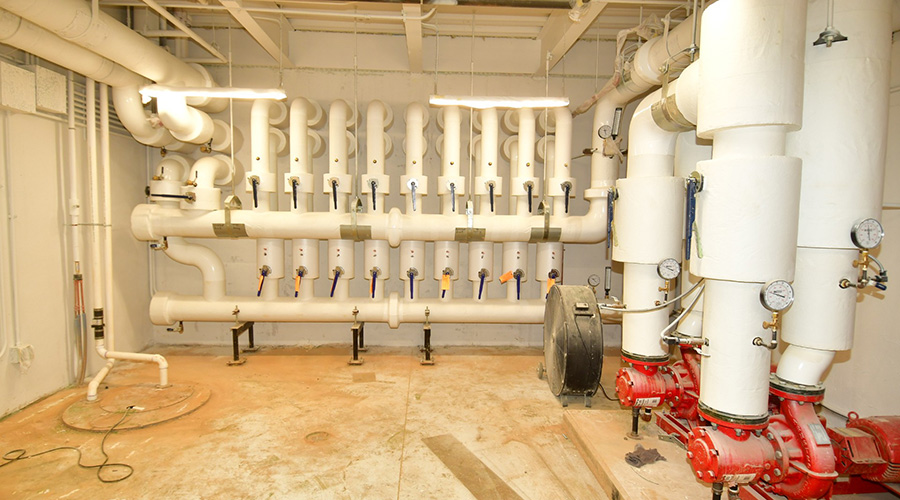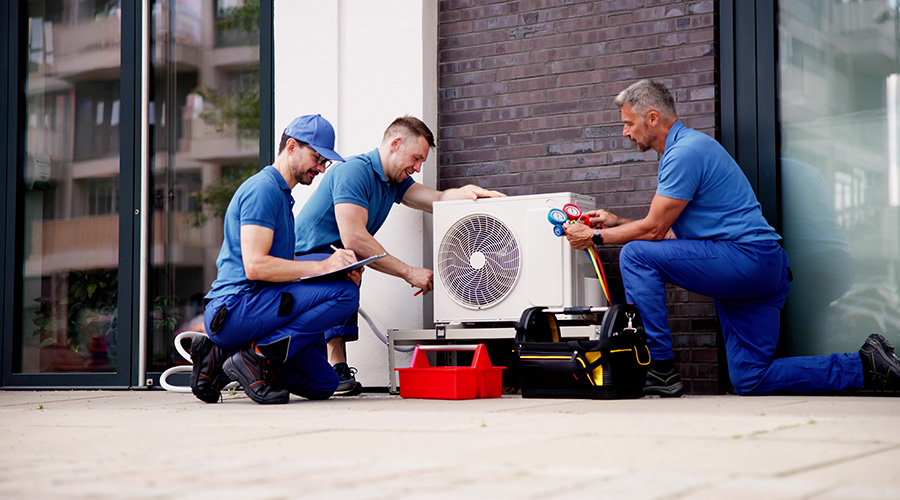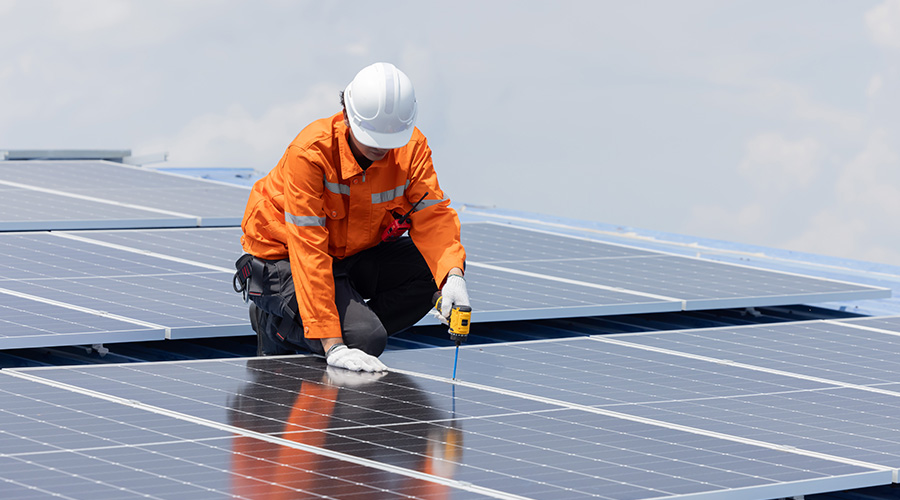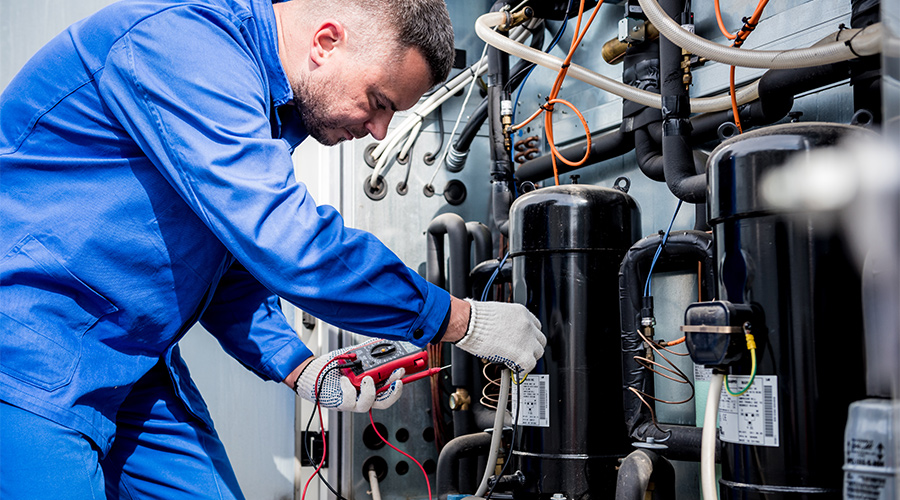Backup Plan for Portable Cooling HVAC Units Essential
Establishing a plan for emergency cooling equipment requires flexibility and advance preparation by managers.
When asked to explain the importance of establishing a portable cooling plan for maintenance and engineering managers in the event of an emergency in institutional and commercial facilities, Brandon Elliott says it is essential.
“Emergencies don’t always give you a heads up,” says Elliott, mechanical technical director with Henderson Engineers. “Whether it's a power outage, HVAC system failure, even a natural disaster like a heat wave or a wildfire, the ability to respond quickly to cooling can mean the difference between staying operational and shutting down temporarily — or worse. You could compromise occupant health and safety.”
Less than two weeks after Elliott emphasized the need for portable cooling plans in times of crisis, incidents on successive days highlighted its importance. On April 28, a massive power outage affected millions in Spain and Portugal. On April 29, severe thunderstorms left hundreds of thousands without power in Pittsburgh.
“What we often emphasize with clients is to have a plan,” he says. “It’s really not just about storing a few portable units in a closet. It’s really about understanding, like your facility or fleet of buildings. What equipment do you have? How old is it? How long is it expected to last? And which spaces absolutely need cooling to protect people, processes, or data, if that’s what you’re housing.”
Determining needs
To determine a facility’s cooling needs in emergency situations, there is no shortage of things to consider and questions to ask.
“I believe it starts with identifying any temperature-sensitive equipment or operations that require constant, reliable cooling,” says Brian Gougler, senior director of technical services for ESFM. “From there, it’s important to assess the types of spaces being served, such as offices, production areas or server rooms. Then (comes) a determination of the average and peak cooling loads required.”
A cooling load is the amount of heat energy that needs to be removed from a space to maintain a specified indoor temperature. Because cooling loads in facilities vary, another key consideration is identifying the type and size of portable cooling equipment needed, says Rajat Malhotra, JLL Global lead engineering operations, work dynamics, with JLL.
“The capacity of the portable plant needs to be determined,” he says. “Are they going to be just spot coolers, or do you need a portable air cooled chiller with a portable generator? If you’re trying to cool a large space and large heat load, then you may require a portable air cooled chiller. The spot coolers will not help in those cases.”
Other types of portable cooling equipment include air conditioners, air handling units and cooling towers.
“We really want to make sure that the equipment for the portable systems isn’t undersized, but we also don’t want it to be oversized,” Elliott says.
Power play
When putting a portable cooling plan together, managers need to ensure that the facility can handle the equipment.
“Do you have enough (electrical) capacity and ability to get electricity to the location?” Gougler says.
This consideration can also include electrical equipment. Malhotra says managers can pay attention to lessons from an incident that occurred a couple years ago at a data center when a breach in a condenser cooling water line led to a shutdown of the information technology equipment.
“Fortunately, the facility had a portable cooling plan, but there were a number of lessons learned,” he says. “For example, when we looked at the power take-off sockets, we realized that those that we had were undersized.
“We were able to rig up the equipment within six hours and install it and get it started. And once the main system was reinstated, we were able to stop (the portable equipment), restart the main system and then remove the portable plant from place.”
Condensate is another provision that can get overlooked.
“When you roll these units in and they’re doing a cooling operation, moisture gets removed from the air, so condensate removal during that period of time is important,” Elliott says. “You don’t want that water cooling on the ground or in an area where you know it creates a slipping hazard.”
Gougler says managers need to include proper ventilation and airflow to keep units from overheating and alarm systems in place to provide alerts in cooling plans.
Malhotra says managers should establish standard operating procedures (SOP) for installing, starting, stopping, monitoring, disconnecting and reinstating portable cooling equipment.
“If you have those SOPs and you have trained your teams on those SOPs, then you’ll be able to deploy the plan quickly,” he says.
Frank Rigas is a freelance writer based in Sheboygan, Wisconsin.
Related Topics:







